Best non stick pan without Teflon – Discover safe, durable, and high-quality cookware that makes cooking effortless and healthy.
Best Non Stick Pan Without Teflon: Ultimate Guide for Healthier Cooking
Why Avoid Teflon in the First Place? ❌
Ever think if your frying pan is safe for daily use? Teflon pans were once common but can release harmful fumes when too hot. Now, many look for best non stick pan without Teflon. These alternatives are safer, last longer, and often work better.
Choosing Teflon-free pans is wise to avoid toxins in your food. Options like ceramic, cast iron, and hard-anodized aluminum are leading the market. They offer great results without making cooking hard.
What Makes a Pan “Non Stick” Without Teflon? 🍳
Non stick pans don’t need chemical coatings. Instead, they use natural or engineered surfaces for a smooth cooking experience. For example:
- Ceramic coatings are made from sand-derived silica, which is naturally slick.
- Cast iron develops a natural seasoning layer that functions like non stick.
- Carbon steel offers similar benefits once it’s seasoned properly.
- Hard-anodized aluminum has a tough surface that resists sticking and scratching.
These materials let you cook with less oil, prevent food from sticking, and clean up fast. Plus, they last longer than Teflon pans.
Ceramic Non Stick Pans – A Popular Favorite 🌱
Ceramic pans are a top pick for avoiding Teflon. They use a mineral-based coating that’s safe. The smooth surface is great for eggs, pancakes, and delicate foods.
They also heat evenly, reducing hot spots that burn food. Plus, they come in stylish colors that brighten up your kitchen.
But, ceramic pans have limits. They may not last as long as cast iron or stainless steel. The coating can wear off if you use metal utensils or high heat. Yet, with gentle care, they’ll last for years.
Comparing Popular Teflon-Free Pan Materials 🥘
Here’s a simple breakdown to help you see the differences:
| Material | Pros ✅ | Cons ❌ | Best For |
|---|---|---|---|
| Ceramic | Lightweight, toxin-free, fast heating | Shorter lifespan, delicate coating | Everyday quick meals |
| Cast Iron | Extremely durable, natural non stick when seasoned | Heavy, requires maintenance | High-heat cooking, searing |
| Carbon Steel | Lighter than cast iron, versatile | Needs seasoning, can rust | Frying, stir-fry, baking |
| Hard-Anodized Aluminum | Durable, scratch-resistant | Pricier than ceramic | Long-term everyday use |
Cast Iron Pans – Old-School and Reliable 🪔
Cast iron pans last forever. They get non stick when you add a seasoning layer. This layer is just oil baked onto the pan.
Cast iron pans hold heat like nothing else. They give you a perfect sear on steak or crispy fried chicken. You can use them on stovetops, ovens, grills, and even over campfires.
They are heavy and need care to avoid rust. But many people like this. Once seasoned, you won’t miss Teflon at all. You’ll wonder why you didn’t switch sooner.
Carbon Steel – A Chef’s Hidden Weapon 🔥
Carbon steel pans are like cast iron’s lighter cousin. They get non stick when seasoned and heat up fast. That’s why chefs love them.
These pans are great for quick cooking like stir-frying or sautéing. They can go from stovetop to oven easily. The more you use them, the better they get.
But they need care like cast iron. If left wet, they can rust. With proper seasoning, you get a non stick pan that lasts for decades.
Hard-Anodized Aluminum – Built Tough 💪
Hard-anodized aluminum pans are modern and durable. The metal is made strong and scratch-resistant through a special process.
They offer non stick without Teflon and can handle daily cooking. They are lightweight, heat evenly, and don’t need as much care as cast iron.
But they cost more than ceramic pans. And they might not last as long as cast iron or carbon steel. Yet, for convenience and performance, they’re a good choice.
Stainless Steel Pans with Natural Non Stick 👩🍳
Stainless steel pans aren’t technically non stick. But many chefs prefer them. With the right preheating and oil, they can be non stick.
They are very durable, dishwasher-safe, and versatile for all cooking. Stainless steel pans don’t release toxins and can handle high heat.
But they’re not the best for eggs and delicate foods. If you want a healthy cookware option, stainless steel is a good choice.
Key Factors to Consider Before Buying 📝
When looking for the best non stick pan without Teflon, remember these points:
- Material durability – Cast iron and carbon steel last longest.
- Ease of cleaning – Ceramic is easiest, while cast iron needs seasoning.
- Cooking style – Do you cook quick meals or slow roasts?
- Budget – Prices vary based on material and brand.
- Heat tolerance – Higher tolerance means more cooking versatility.
A pan is an investment. Choosing wisely makes cooking easier and healthier.
Maintenance Tips for Longevity 🧽
Want your Teflon-free pan to last longer? Follow these tips:
- Avoid metal utensils; use wood or silicone instead.
- Hand wash with mild soap and soft sponges.
- Don’t overheat—medium heat works best.
- Dry thoroughly after washing to prevent rust.
- Re-season cast iron and carbon steel regularly.
With proper care, your pan will stay slick and efficient for years. This saves you money in the long run.
Non Stick Without Chemicals – Is It Possible? 🌍
Yes, it is possible! Many think non stick means chemicals. But nature has better options. Cast iron and carbon steel get a seasoning layer. Ceramic has a smooth surface naturally.
Choosing these options means no chemicals in your food. It’s also good for the planet and your health.
Budget-Friendly Options Worth Trying 💵
Not all safe non stick pans cost a lot. Ceramic and hard-anodized options under $40 are great for home cooks.
Even if they don’t last forever, they’re good with care. They let you try different materials before buying more expensive ones.
Mid-Range Choices That Balance Quality ⚖️
For a bit more money, mid-range pans are better. Brands like ceramic or hard-anodized aluminum are $60–$100.
These pans have strong coatings and better heat. They also have ergonomic handles. They’re perfect for those who cook a lot.
Premium Cookware for Serious Cooks 👑
If you cook every day, premium pans are worth it. High-quality pans last decades or a lifetime.
Top brands make these pans. They cost more than $100 but are safe and last long. Some become family treasures.
Quick Comparison of Price vs. Longevity 📊
Here’s how different pans compare:
| Pan Type | Average Price | Expected Lifespan |
|---|---|---|
| Ceramic | $30–$70 | 1–3 years |
| Cast Iron | $40–$100+ | Lifetime |
| Carbon Steel | $50–$120 | Lifetime |
| Hard-Anodized Alum | $60–$150 | 5–10 years |
| Stainless Steel | $50–$200 | Lifetime |
Best Brands for Teflon-Free Pans 🏆
Some brands are known for Teflon-free pans:
- Lodge – Affordable and reliable cast iron.
- GreenPan – Known for stylish ceramic pans.
- Made In – High-performance carbon steel.
- Calphalon – Durable hard-anodized aluminum.
- All-Clad – Premium stainless steel and non stick.
Each brand has its own strengths. Your choice depends on your budget, style, and cooking needs.
Everyday Cooking with Teflon-Free Pans 🍲
Will these pans work for your daily cooking? Yes, they can. From eggs to steak, the right pan can handle it.
Ceramic pans are great for quick meals. Cast iron is for heavy dishes. Carbon steel is for everything in between. Mixing and matching makes a safe cookware set for your life.
Conclusion – Choosing the Best Pan for You 🎯
Finding the best non stick pan without Teflon depends on your lifestyle. Ceramic pans are light and easy to clean. Cast iron and carbon steel are great for long-lasting use and searing.
Hard-anodized aluminum is a good choice for everyday use. It’s durable and not too heavy.
Choosing Teflon-free pans means you cook healthier. You don’t have to worry about toxins. And you get cookware that fits your needs.
With the right pan, cooking becomes easier and safer. It also makes meals more fun.
FAQs
What is the safest non stick pan material?
Ceramic, cast iron, carbon steel, and stainless steel are safe. They don’t have chemical coatings. Each has its own benefits and drawbacks.
Do ceramic pans last longer than cast iron?
No, ceramic pans last 1–3 years. Cast iron pans can last decades. Cast iron gets better with time, but ceramic may lose its coating.
Can I cook eggs without Teflon pans?
Yes, you can cook eggs in ceramic, cast iron, or carbon steel pans. Just preheat well and add a bit of oil. They will slide out easily.
Are hard-anodized pans better than ceramic?
Hard-anodized pans are more durable and last longer. Ceramic pans are lighter and cheaper but may wear out faster. Both are safe and non toxic.
How do I season a cast iron or carbon steel pan?
Put a thin layer of oil on the pan. Then bake it at high heat. Do this several times to make it non stick. Regular use keeps it in good shape.
References:
https://www.consumerreports.org
https://www.healthline.com
https://www.goodhousekeeping.com

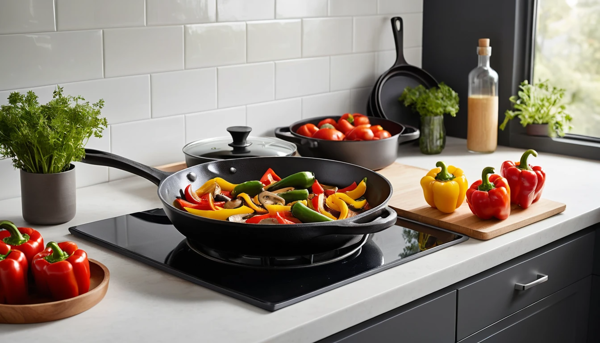
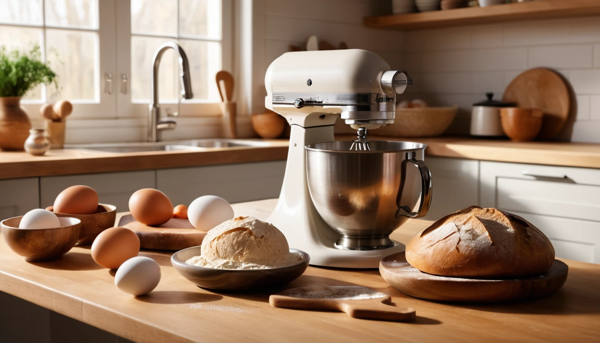
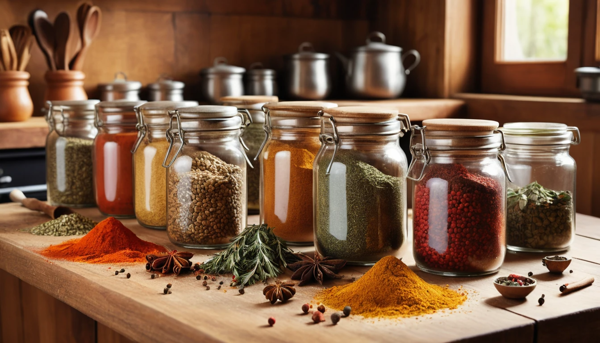
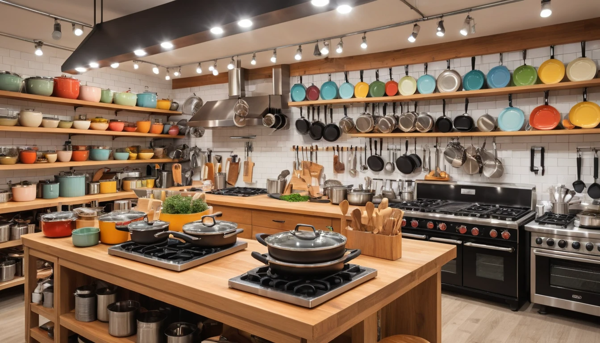
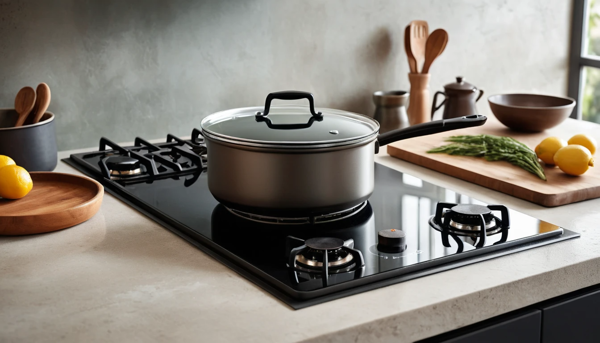
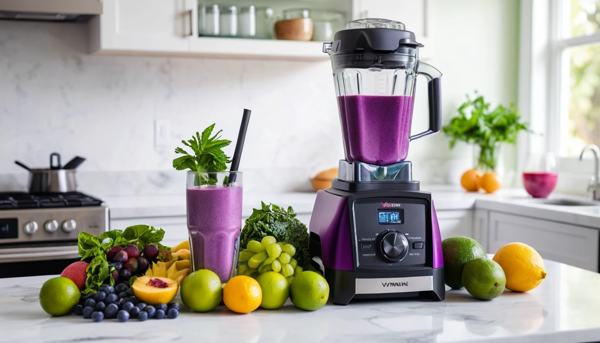
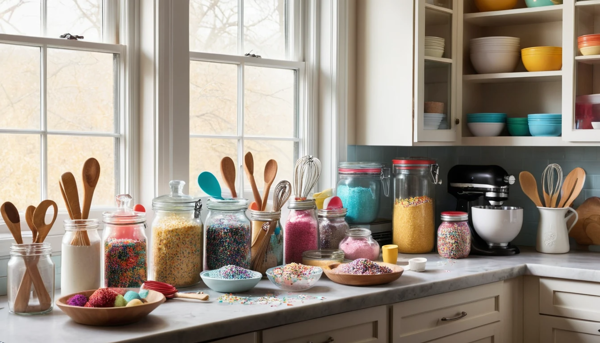
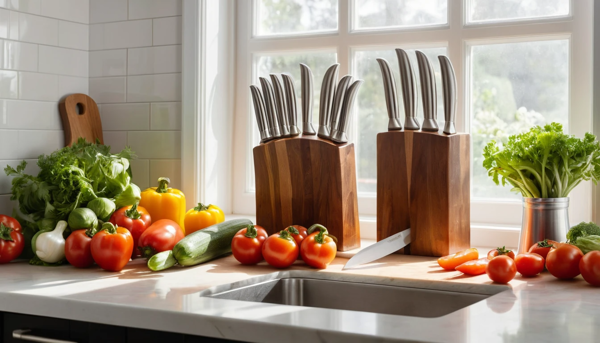
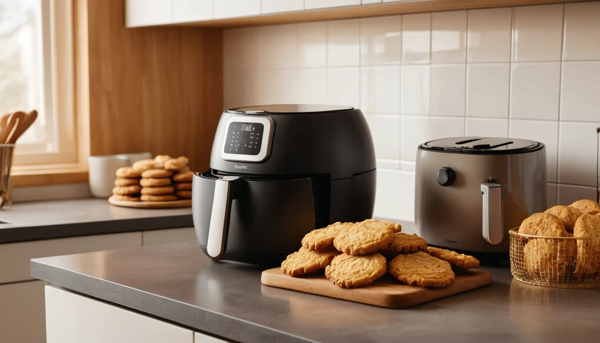
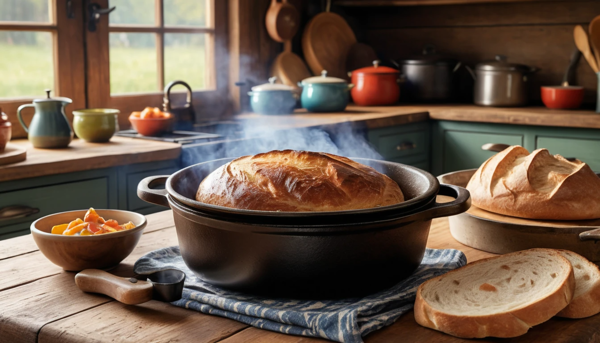
Leave a Reply